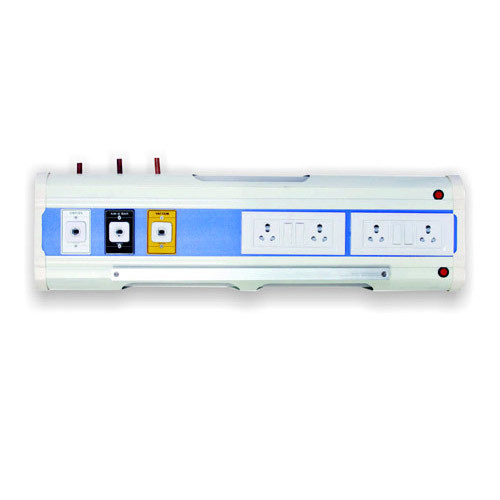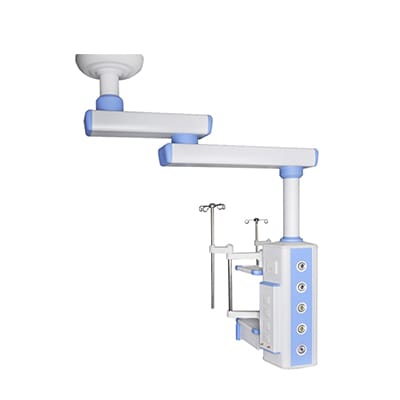


A Bed Head Panel is an essential piece of hospital equipment designed to deliver critical services directly to the patient’s bedside. It is typically installed behind the patient’s bed in healthcare facilities such as hospitals, clinics, and nursing homes. This panel combines medical gas outlets, electrical sockets, lighting, and nurse call systems into one compact and organized unit. The main goal is to improve patient care and ensure that all necessary medical services are accessible within arm’s reach for both patients and healthcare staff.
The bed head panel is more than just a wall fixture. It plays a key role in the day-to-day functioning of a hospital room. It is specially designed to house various utilities such as:
Medical Gas Outlets
These outlets supply essential gases like oxygen, nitrous oxide, medical air, and vacuum to the patient. These gases are crucial for respiratory treatments, anesthesia, and suction procedures.
Electrical Outlets
A bed head panel includes multiple electrical sockets to power medical devices like patient monitors, infusion pumps, ventilators, and more. Some panels also offer emergency power backup in case of power failure.
Surgical Pendants
Surgical pendants, also known as medical pendants or ceiling pendants, are essential support systems used in modern hospitals, especially in operation theaters (OTs), intensive care units (ICUs), and emergency rooms. These devices are designed to provide efficient and safe management of medical gases, electrical equipment, and other tools needed during surgical or critical care procedures. By suspending necessary equipment from the ceiling, surgical pendants free up valuable floor space, reduce clutter, and enhance safety and workflow.
A surgical pendant is a ceiling-mounted unit that acts as a support and delivery system for various medical utilities. It typically includes connections for electrical power, medical gases (such as oxygen, nitrous oxide, and suction), communication ports, and equipment shelves or arms for placing monitors and surgical tools. Depending on the design, surgical pendants can be fixed, semi-flexible, or fully movable with articulated arms.
These pendants are designed to carry and manage heavy loads and are made from high-grade materials to ensure durability and hygiene. Their modular design allows hospitals to customize them according to the needs of specific departments or procedures.

WhatsApp us